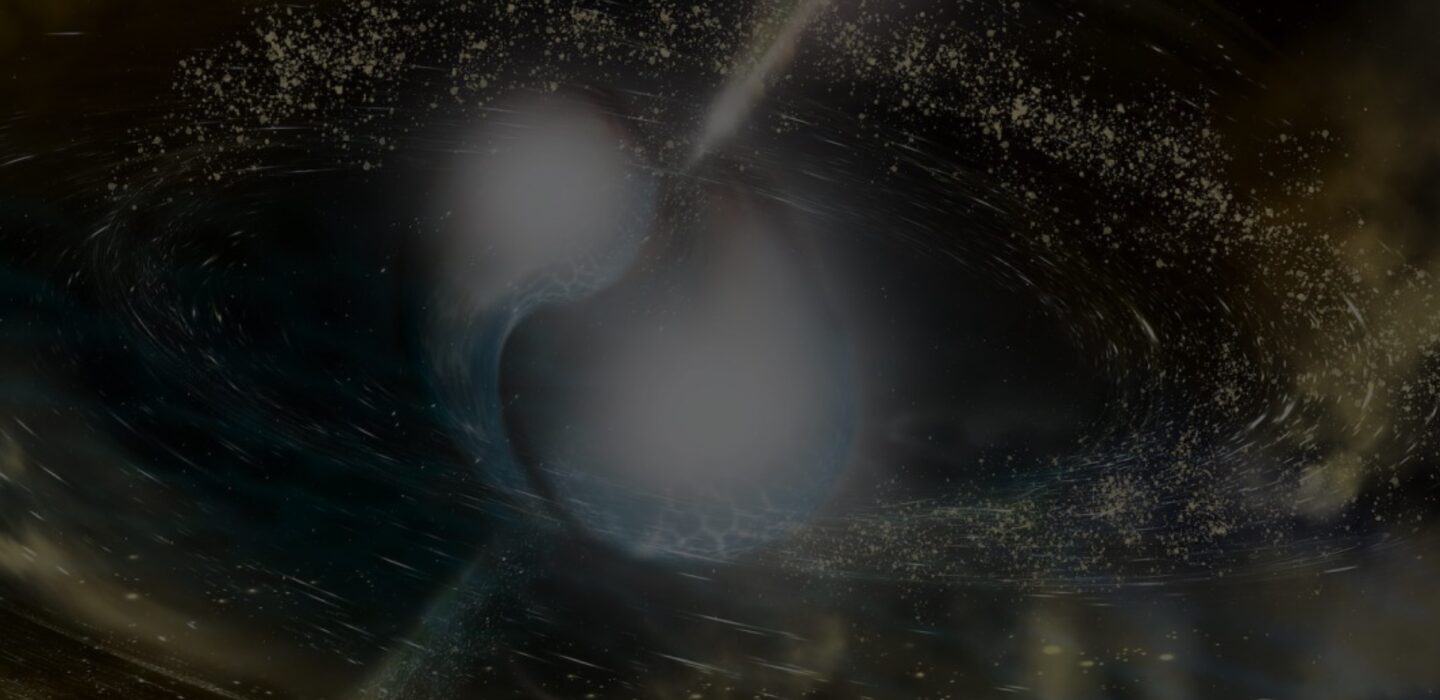Chun Huang & Aimee Schechter

Monday, September 8, 2025
3:00-4:00pm
Marlar Lounge and Zoom
Chun Huang (Washington University in St. Louis)
Linking Multiwavelength Pulsar Emission to Super-Dense Physics inside neutron star
The utilization of Pulse Profile modeling techniques could simultaneously provide measurements for Neutron star Mass Radius and offer insights into their hotspot distribution. Presently, these methodologies rely on meta models of the equation of state (EOS) and employ pure geometrical cap overlapping techniques to align with observational data. This presentation aims to showcase our recent results about utilizing a physics-oriented EOS and more EOS-independent ways to explore the constraint of X-ray timing observations on fundamental physics parameters governing neutron star's structure. Additionally, I have launched an international collaboration aimed at open-sourcing and standardizing the whole analysis pipeline in a package called CompactObject : See https://github.com/ChunHuangPhy/CompactObject
Furthermore, I will present a Physics-motivated computation of neutron star hotspot temperature maps given by PSR J0030+0451 and PSR J0437-4715 NICER measurements about its magnetic configuration. Using a theoretical model for the electric current density in a force-free pulsar magnetosphere, we compute from the first principles the temperature distribution over the polar cap associated with an off-center magnetic dipole. In this talk, I will also give some outlook on the multimessenger future of neutron star pulse profile modeling, that may be enabled by the ultimate GPU-accelerated Pulse profile modeling technique.
Aimee Schechter (University of Colorado Boulder)
From the Little Leagues to the Big Leagues: The Impact of Low-mass Minor to Massive Major Galaxy Mergers on Galaxy Evolution
Galaxy mergers are an integral part of our understanding of how galaxies grow, form new stars, trigger AGN, and evolve morphologically. However, many studies only target major galaxy mergers (mass ratio > 1:4) between massive galaxies (stellar mass > 10^10 solar masses), despite minor mergers (mass ratio 1:10 > 1:4) and lower mass galaxies being much more common by number. Additionally, mergers have proved challenging to identify, especially at higher redshifts, where they play a large role in galaxy assembly. These relatively unexplored merger populations could contribute significantly to stellar mass build up over cosmic time. I will first discuss how high resolution cosmological simulations have enabled the study of galaxy mergers down to stellar masses of 10^8 solar masses and minor mergers. I find in IllustrisTNG50 that minor mergers do show elevated star formation and black hole accretion rates at 0.2 < z < 3 and maintain these levels for at least 1 Gyr following a merging event, with that impact becoming larger as redshift decreases. Next I will discuss how we take advantage of this high spatial resolution sample of simulated galaxies to train a convolutional neural network to identify mergers, including low mass and minor mergers, at z~1 in mock HST imaging. I achieve ~75% accuracy, similar to that of local redshifts for the first time. I use explainable AI techniques such as Grad-CAM and UMAPs to understand the types of galaxies we can classify well, and which physical properties of galaxies can cause confusion. With this method I will construct an HST/CANDELS merger catalog at z~1 that includes low mass and minor mergers to build a more complete understanding of the impact of mergers on cosmic star formation and the merger - AGN connection. I aim to expand this to other fields and higher redshifts with upcoming surveys from Rubin, Roman, and JWST.
Speakers
- Chun Huang, Washington University in St. Louis
- Aimee Schechter, University of Colorado Boulder